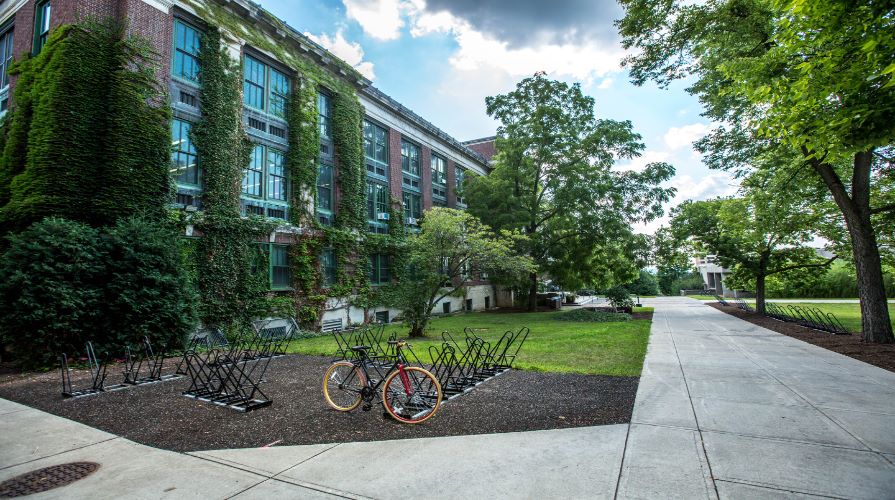School Crime and Safety Information
Recently released federal data on school crime and safety validate why some teachers and students are concerned about returning to school this year.
School shootings in 2020–2021 reached the highest number in two decades, according to the data released by the Bureau of Justice Statistics and the National Center for Education Statistics in the Report on Indicators of School Crime and Safety: 2021.
The report defines a “shooting” as one where guns were fired or brandished on school property or when a bullet hits school grounds for any reason regardless of whether students were present. There were 93 incidents with casualties at public and private schools in 2020–2021 compared to 23 in the 2000–2001 school year.
Avi Astor, a professor at the University of California at Los Angeles, says, “If someone brings a gun to school and shoots it, that’s really traumatic. It’s obviously more traumatic if somebody dies or is injured but the fear that causes to all of the kids in school and all of the teachers goes far beyond the people who were hit.”
Other School Crime Data
Although overall student bullying decreased over the past 10 years, cyberbullying increased. In the 2019–2020 school year, 16 percent of public school leaders reported cyberbullying, double the amount reported in 2009–2010.
Widespread disorder in the classroom, including student acts of disrespect towards teachers (other than verbal abuse), increased during this same time period, according to the report. Four in 10 educators reported feeling less safe than they did five years ago.
Other incidents that saw an increase include student racial and ethnic tensions and student verbal abuse of teachers. Good news is some school crimes decreased, including sexual harassment, theft, robbery, rape, assault, and use of alcohol on school grounds.
School Responses
The report showed a sharp increase in the use of safety and security tools and personnel. Ninety-one percent of schools used security cameras, an increase of 61 percent, and 65 percent reported having security staff present at least one time per week, an increase of 18 percent.
Schools were more likely to assess student mental health in 2019–2020 school year, four percent more than in 2017–2018, but fewer schools provided treatment to students. Challenges of providing treatment were due to inadequate funding and lack of available mental health providers.
Texas Response
In response to the Uvalde school shooting, Texas state leadership dedicated over $100 million in funding to improve school safety. Although half of the money is going to bullet-resistant shields for school police officers, $17.1 million is slated to buy silent panic alert technology for classrooms, which alerts law enforcement during emergencies. Additionally, $5.8 million is to be used for mental health efforts and $4.7 million to increase treatment programs for at-risk youth.
The state is also requiring all local educational agencies to conduct safety checks, review safety plans, schedule mandatory drills for the upcoming year, and provide training prior to the start of the 2022–2023 school year. The goal of these initiatives is to increase school safety and reduce school crime.
Governor Greg Abbott said in a statement, “The State of Texas is acting swiftly to ensure our schools are secure and that children, teachers, and families across Texas have the support and resources they need to be safe as we work to prevent future tragedies like the heinous crime committed in Uvalde.”
More Information
More school safety information and school safety requirements can be found on the Texas Education Agency website.

Cheryl Hoover
Cheryl Hoover joined HR Services in 2018. She assists with staffing and HR reviews, training, and other HR projects. During Hoover’s public school career, she served as an executive director of curriculum and principal leadership, executive director of human resources, principal, assistant principal, teacher, and coach.
Hoover earned her bachelor’s degree from The University of Texas at Austin and obtained her master’s degree from Texas State University. She is a certified PHR.
HR Services

Subscribe to HRX
Stay up to date with all the latest HR news and trends by joining the HRX mailing list!





